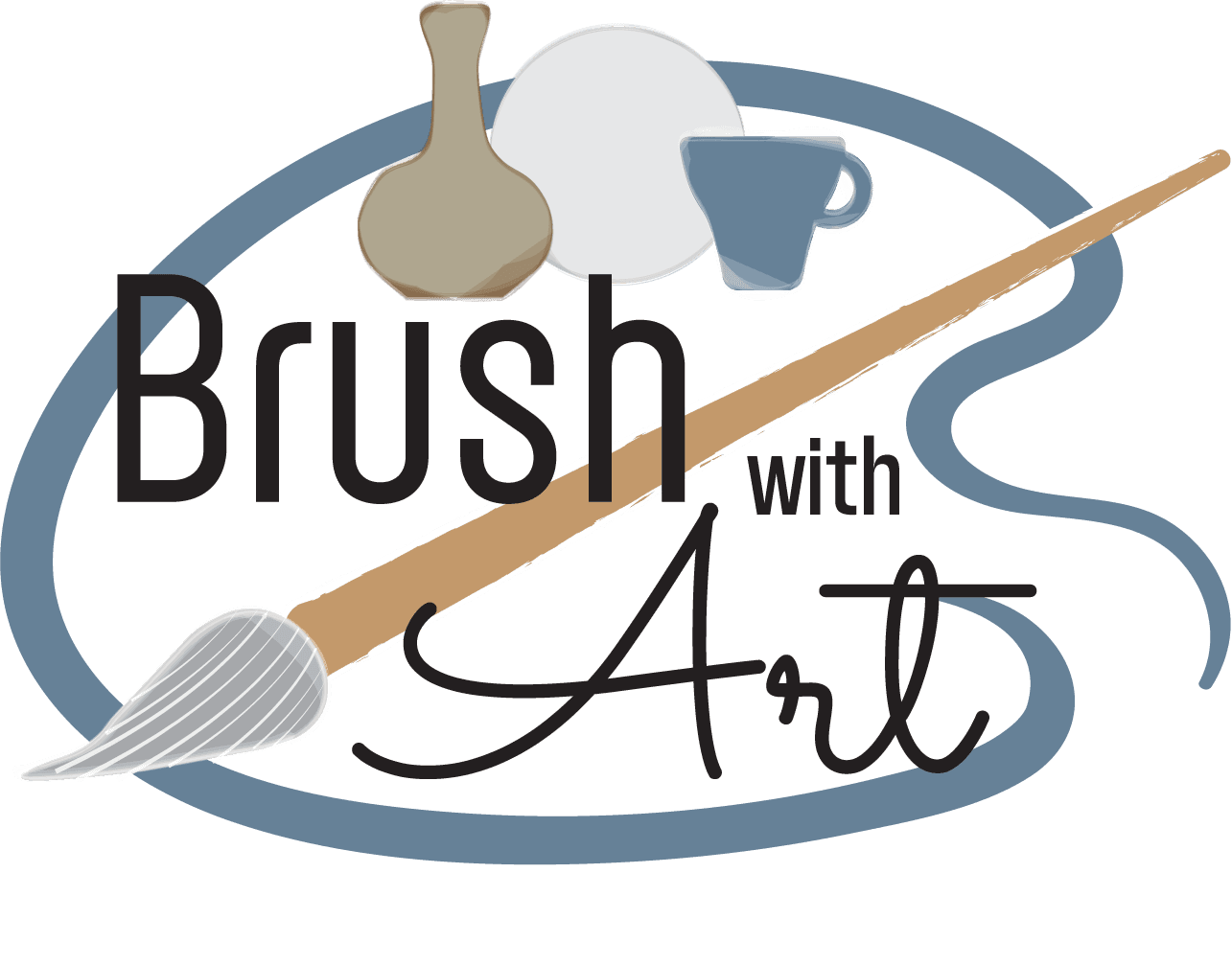The Benefits of Art in Education: Partnering with Schools and Communities
The Role of Art in Education
Art is often seen as an essential component of a well-rounded education, fostering creativity and critical thinking. Yet, its benefits extend far beyond the classroom, impacting both schools and communities. Integrating art into educational curricula can enrich students' learning experiences and encourage community engagement.
Enhancing Student Development
Engaging with art helps students develop a variety of skills that are critical for personal and academic growth. Through artistic expression, students improve their creativity, problem-solving abilities, and emotional intelligence. These skills are not only beneficial for academic success but also for personal development, preparing students for future challenges.
Additionally, art education enhances cultural awareness and sensitivity. By exploring different cultures through art, students gain a broader perspective of the world, fostering acceptance and understanding. This cultural literacy is invaluable in an increasingly globalized society.

Building Stronger Communities
Art in education serves as a bridge between schools and their surrounding communities. By hosting art exhibits, performances, and workshops, schools can engage community members, creating opportunities for collaboration and support. This partnership strengthens the social fabric and encourages lifelong learning among community members.
Moreover, community involvement in school art programs can provide additional resources and expertise. Local artists, volunteers, and businesses can contribute materials, mentorship, and funding, enhancing the quality and reach of art education. This collaborative approach benefits both students and the community as a whole.

Improving Academic Performance
Studies have shown that students involved in art education tend to perform better academically. The skills developed through art, such as focus, discipline, and perseverance, translate into improved performance in other subjects. This correlation highlights the importance of a balanced curriculum that includes the arts alongside traditional subjects.
Furthermore, art programs often provide students with an alternative means of expression, which can be particularly beneficial for those who struggle with conventional academic subjects. By offering diverse learning opportunities, schools can cater to a wider range of learning styles and needs.

Fostering Innovation and Creativity
In today’s rapidly changing world, innovation and creativity are crucial for personal and professional success. Art education encourages students to think outside the box and approach problems from different angles. This creative mindset is essential for developing innovative solutions in any field.
By prioritizing art in education, schools and communities can cultivate a generation of thinkers who are not only academically capable but also creative and adaptable. This holistic approach to education ensures that students are well-prepared for the complexities of the modern world.
In conclusion, integrating art into educational systems offers numerous benefits for students, schools, and communities. By fostering creativity, enhancing academic performance, and building stronger community ties, art education plays a vital role in shaping a brighter future.
